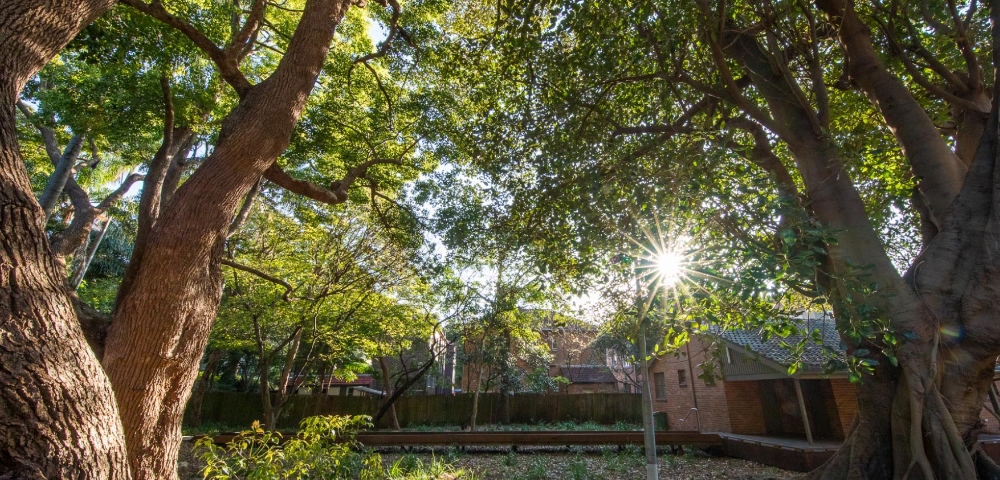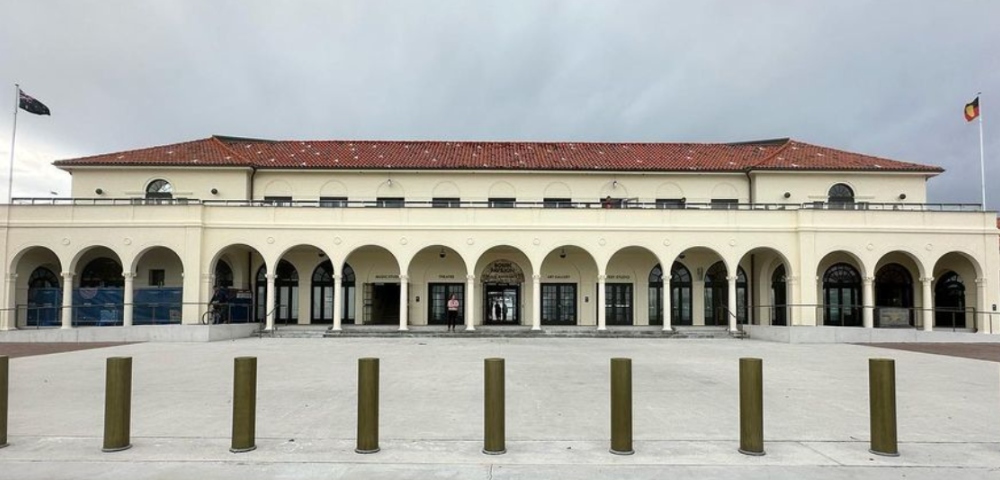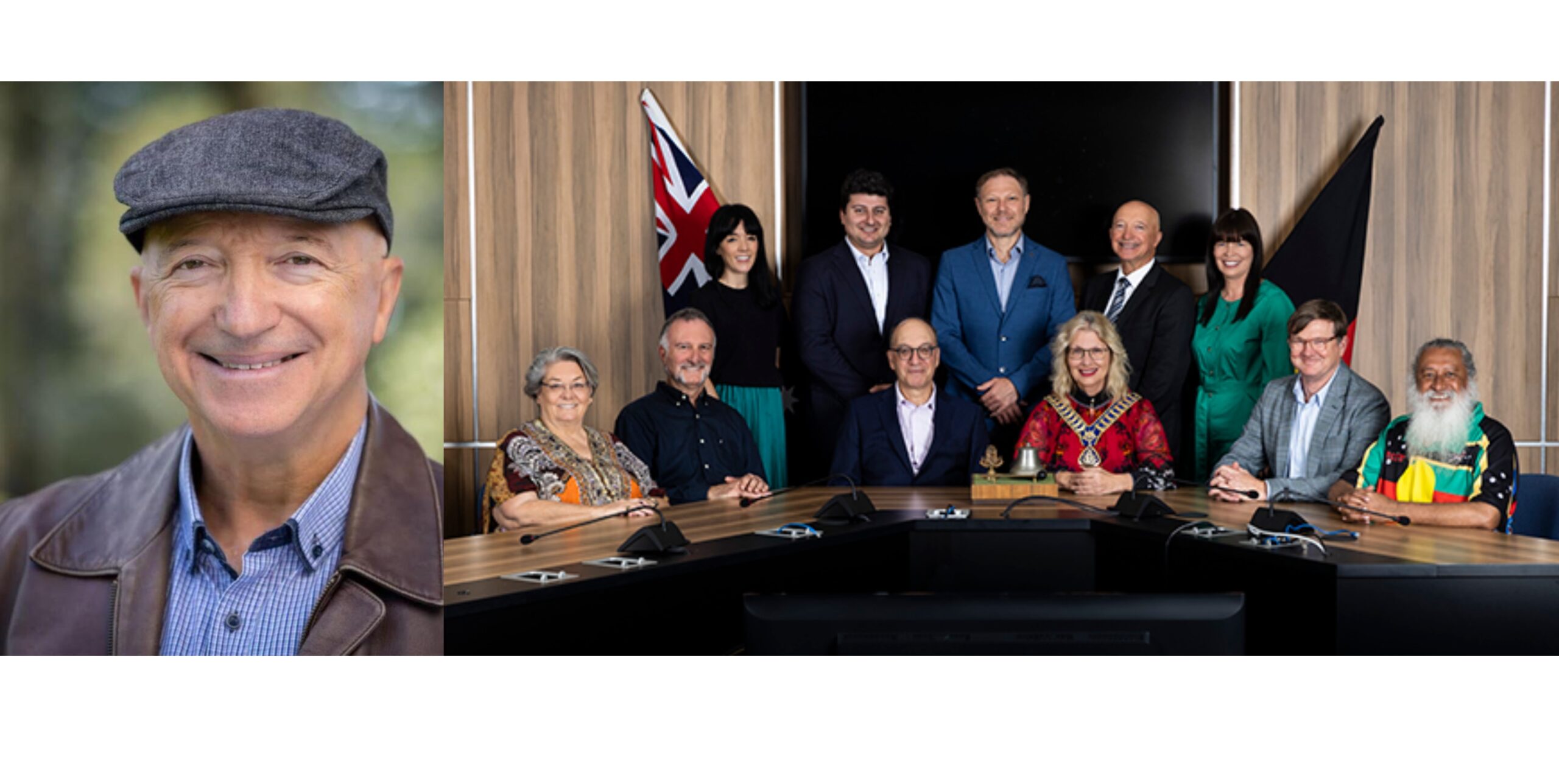
Bondi’s unreal estate
Part 1 of a two-part feature by PAUL PAECH
It happens all the time: you’re chatting with some promising new acquaintance when they toss out the got-ya question, and you know you’re being pegged out. You’re trapped: whatever you answer it means way more than you want it to mean. Erskineville, Bronte, Ultimo they all mean something; Bondi Beach means something else, something, well, fresher, hipper, healthier even.
‘Where do you live?’ is just as awkward a question as the super-naff ‘how do you make a living?’, because both of them are less about living or life, and more about your social profile.
Over less than a couple decades, Sydney has become a weird – and frankly a wearying – real-estate merry-go-round that melts away our time (because we’re working to pay the mortgages), chips away at our communities, and diminishes our sense of home.
Why else would otherwise normal people aspire to live in crisply uncomfortably-unfurnished rooms that look like they’re ready for sale, instead of simply enjoying the messy reality which is blessedly ordinary everyday life.
Fairfax’s recent successful spin-off of its immensely profitable Domain operation shows how much Sydney’s real estate has been heated up by aggressive marketing campaigns.
Stoking it along too are Australia’s mega-profitable banks, which have been providing cash to mum-&-dad investors to buy into ugly repair-prone blocks thrown up by construction nabobs like Harry Triguboff.
Not to mention federal and state governments (negative gearing, anyone?), which are actively rewarding those people who continue to gobble up the extra housing supply that we were told would ease the market.
What once were homes (where people could live in greater security because they owned the walls) have been magically turned into sure-fire investment opportunities, eternally guaranteed to bring double-digit annual returns. (Or not.)
Despite popular belief, it’s not called real estate because property is more real than anything else, of course. The Real in real estate comes from regal as in royal, referencing the huge swathes of land owned by monarchs.
In republican France, property is called immobilier (literally immobile, immoveable), which differentiates the room from what you put in it: furniture (mobilier or meubles) which you carry with you (it’s mobile).
Interestingly, the Latin word, domus (domicile, domestic, etc.) shows that the Romans rolled together both the building itself and the notion of home into a single word.
What a reassuring idea; although to bottom-line driven Sydneysiders this seems weirdly naïve.
The property market throws up winners and losers. It seriously emphasises the widening gulf between the haves, the have-lesses (that’s most of us these days) and the have-nots.
Many have-nots now have no homes (making them homeless, too), which is not such a good thing for personal stability and social well-being.
Here’s a suggestion: instead of asking ‘where do you live?’, how about asking ‘where do you feel most alive?’ That would start a far more interesting conversation.
In a more perfect world, you’d hope that wherever you are lucky enough to call your home would also be the best place for you to live.
While we’re talking development, Allen Linz & Eduard Litver’s $18.25 million purchase of the Hall Street corner shoe store building and the neighbouring property further along Campbell Parade for $19.12 million means that the legendary Bondi Surf Seafoods is under threat.
This is pocket money for the intrepid developer duo: the nissan-hut shaped lighthouses atop their Pacific have routinely sold for well above $10m each, let alone the profits from rest of that mega-development and the old Bondi Motel on the corner of Roscoe Mall.
It would be a vicious crime if Bondi visitors were led to imagine that The Traditional Chip Shop franchise operation just a few doors away (misleadingly promoted as truly authentic) represents anything like the real-life Aussie fish & chips.
If you’ve caught the real thing in full-swing on a hot summer’s afternoon, you’ll have witnessed a performance way more entertaining and authentic than anything on TV. And that’s without mentioning the truly calorific battered Mars Bar.
This is too good to lose to the invisible (but clumsy) hand of market forces. Given that the land will certainly be developed, Waverley Council has the power to condition approval of any development with the requirement to keep the Bondi Fish Shop business as a tenant on the ground floor.
The famous art-deco Paragon Café in the Blue Mountains gained heritage protection since 2005, and there’s nothing to prevent someone from applying for a heritage listing for Bondi’s Surf Seafoods.
Council could also insist that any plans for the consolidated site include reinstatement of the legendary 1951 Bates Milk Bar as the key corner fit-out.
The location-challenged Powerhouse Museum might be interested in putting back the mirrors and seating booths from the milk bar, which have been part of its splendid collection since 2001. They could furnish an oh-so-chic and oh-so-retro cocktail bar for today’s Bondi Babes and their Blokes.









